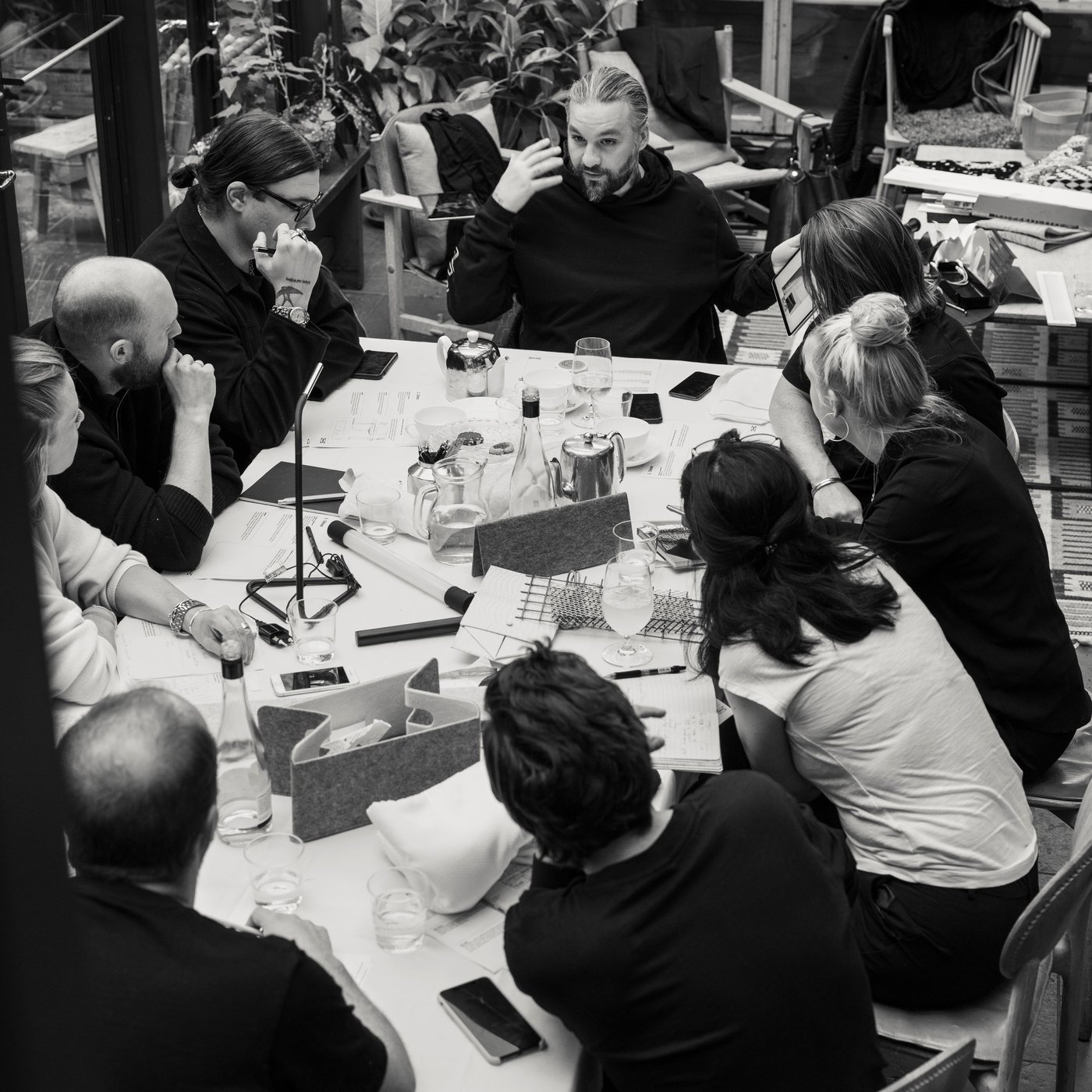Setting 1.5ºC emission reduction targets
Setting clear targets creates a straightforward roadmap, connecting daily operations to bigger-picture goals. This alignment serves as a practical filter, helping small business owners and their teams make choices that directly support the company's growth and climate objectives.
Whether it's deciding on new equipment purchases, adjusting production processes, or planning marketing strategies, having defined targets ensures that even small decisions contribute to the SME's overall vision, maximising limited resources and driving meaningful progress.

Clear emission targets align strategy and inspire unified action.
Establishing clear emission reduction targets creates a strategic compass for your business, guiding decision-making and resource allocation with precision. This clarity not only streamlines operations but also fosters a shared sense of purpose, uniting employees around a common objective.

Scientific evidence shows climate change is already driving extreme weather and climate events worldwide.
To set effective climate action targets, a business must first know where it stands.
Learn the difference between Scope 1 (direct), Scope 2 (indirect), and Scope 3 (value chain) emissions and how to accurately calculate them following global measurement standards. Check "Calculate and understand your business emissions" page.
Learn how to establish your business's emission reduction targets.
Establishing targets aligned with a 1.5°C future demonstrates a company’s commitment to reducing its contribution to climate change and provides a structured framework for its climate action.
"We based our targets on industry benchmarks and our operational capacity. After assessing our emissions, we created a roadmap to net zero by 2030. Our strategy includes transitioning to renewable energy, improving insulation, and reducing high-carbon food items. A structured, step-by-step plan makes the process manageable."
Anthony, Cofounder of Sunnyside GuestHouse Southport
We also include targets as part of our process to push us to meet our major objectives.
We’ve set ambitious goals. This includes committing to halving emissions by 2030. This means reducing more greenhouse gas emissions than the full IKEA value chain emits, while growing the IKEA business.
Join our IKEA Business Network
Explore other IKEA services that can help you improve your business. From tips and discounts to expert guidance and financing options for our products.





